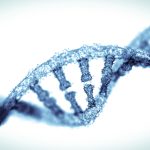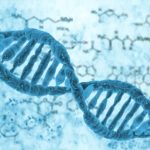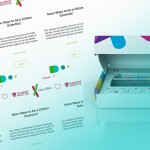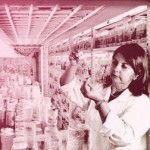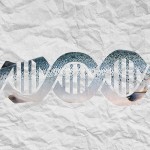The dirty Secret of Genetic trying out: We’re still not certain What “normal” seems like
Getting a full readout of your whole genetic sequence promises to radically alter how we screen our health, providing advanced warning of cancer and different illnesses we may suffer and our chances of passing on those ailments. clinical genetic checking out agency Illumina is valued at just about $23 billion, as an instance, whereas direct-to-client offering 23andMe is at about $1 billion. in the meantime, the fee for so-known as complete genome sequencing has dropped to about $1,000.
however such entire-genome sequencing currently over-guarantees in a couple of ways. certainly one of them is a false experience of what constitutes a “commonplace” genome with which to check somebody’s outcomes. (The U.S. executive’s nationwide Institutes of well being gives a slender, widely used variation.) The promise is easiest when you are white, and drops off fast for different ethnicities, like folks of African beginning. That’s as a result of we merely wouldn’t have easy access to enough reference genomes, from a huge sufficient variety of folks, to have in mind the range of regular. nor is there so much willingness for firms that analyze genomes to take a look at the entire types which can be out there.
Geneticists aren’t blind to this drawback. actually, it can be been an enormous matter of debate at the way forward for Genomics conference, a gathering of prime genetics consultants and entrepreneurs in San Diego. One resolution is to easily share current databases of sequenced genomes (in anonymized type). “now we have an important and unexpectedly increasing amount of genomic information,” stated David Haussler, a researcher at the UC Santa Cruz Genomics Institute. “And the place is that? it can be held in silos all over the place the arena.”
Linking medical knowledge As If It were Apps
Haussler is a pacesetter of a undertaking called the international Alliance for Genomics and health. as a substitute of creating a master database of genetic information, the alliance is modeling itself on the way that client online products and services and apps work: creating in style software programming interfaces (APIs) so that someone can plug into any database with the identical device. (it is a biotech process like the one who, for instance, permits you to get admission to a cloud service like Dropbox from inside an app like Slack). The Alliance is an open-source undertaking, with all the code to be had on free programmer group GitHub.
The undertaking is not just an educational undertaking. among the many virtually 400 individuals from about 40 international locations, it has recruited about a hundred and twenty corporations, starting from traditional tech corporations like Google and Microsoft to genetic checking out firms like color Genomics, which focuses on client breast most cancers screening. Haussler says that corporations are willing to give up some knowledge to be able to get data from others that makes their services and products higher. “We collaborate on the interface, however we compete on the implementation,” he mentioned. “And we’re getting creative merchandise out of it.”
however not everybody goes for that argument. Myriad Genetics, for example, tried to patent the genes that result in breast cancer. on the other hand, a 2013 Supreme courtroom case invalidated their patents on genes, which enabled the emergence of many competing corporations.
selection Is the Code of lifestyles
the worldwide Alliance for Genomics and well being has several projects, reminiscent of a deep dive on how the genes for breast most cancers fluctuate from affected person to affected person. (12,000 versions were found so far.) any other effort, the Human Genome variation Map, makes a speciality of evaluating the whole genomes of individuals from all over the world. Even the scarce information now repeatedly available shows just how diversified customary DNA is.
for example, Haussler showed a spaghetti graph of squiggly traces—each and every representing the majority of genes that encode the human immune gadget. These variations are incorporated in the U.S. government’s reference genome (referred to as GRCh38). One line is the reference that just about everyone uses, and the other seven are professional diversifications. “Why those seven?” asked Haussler. “because that is all we had. Is it a good illustration? No. Does anyone use them? No.”
One piece of good news is that getting more genetic samples won’t require digging deeply into previous databases which can be arduous to make suitable. it is enough to ensure that the new information is easily accessible, consistent with Haussler. “the quantity of genome information we will create subsequent year dwarfs all earlier historic genome data,” he said.
quick company , learn Full Story
(15)



